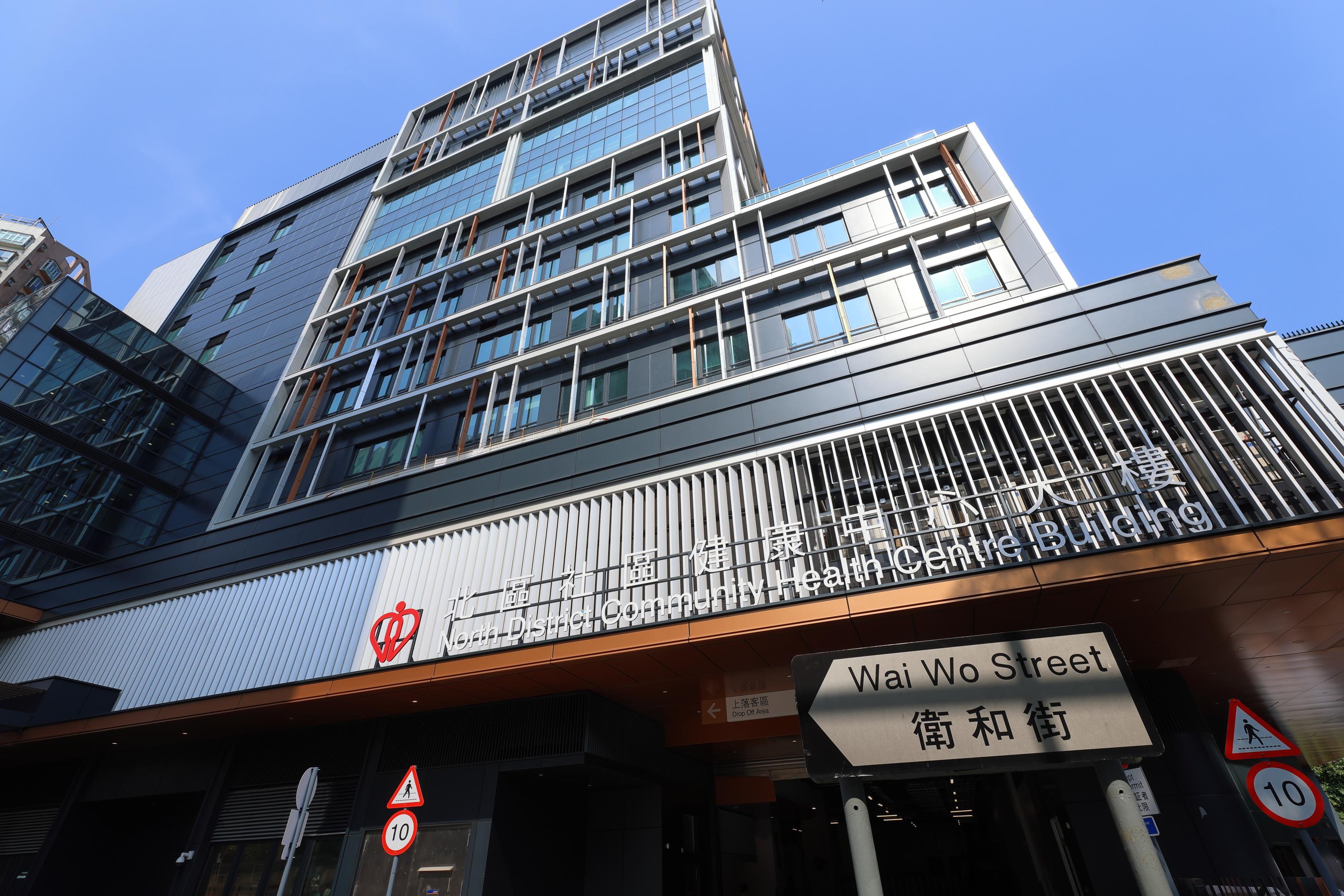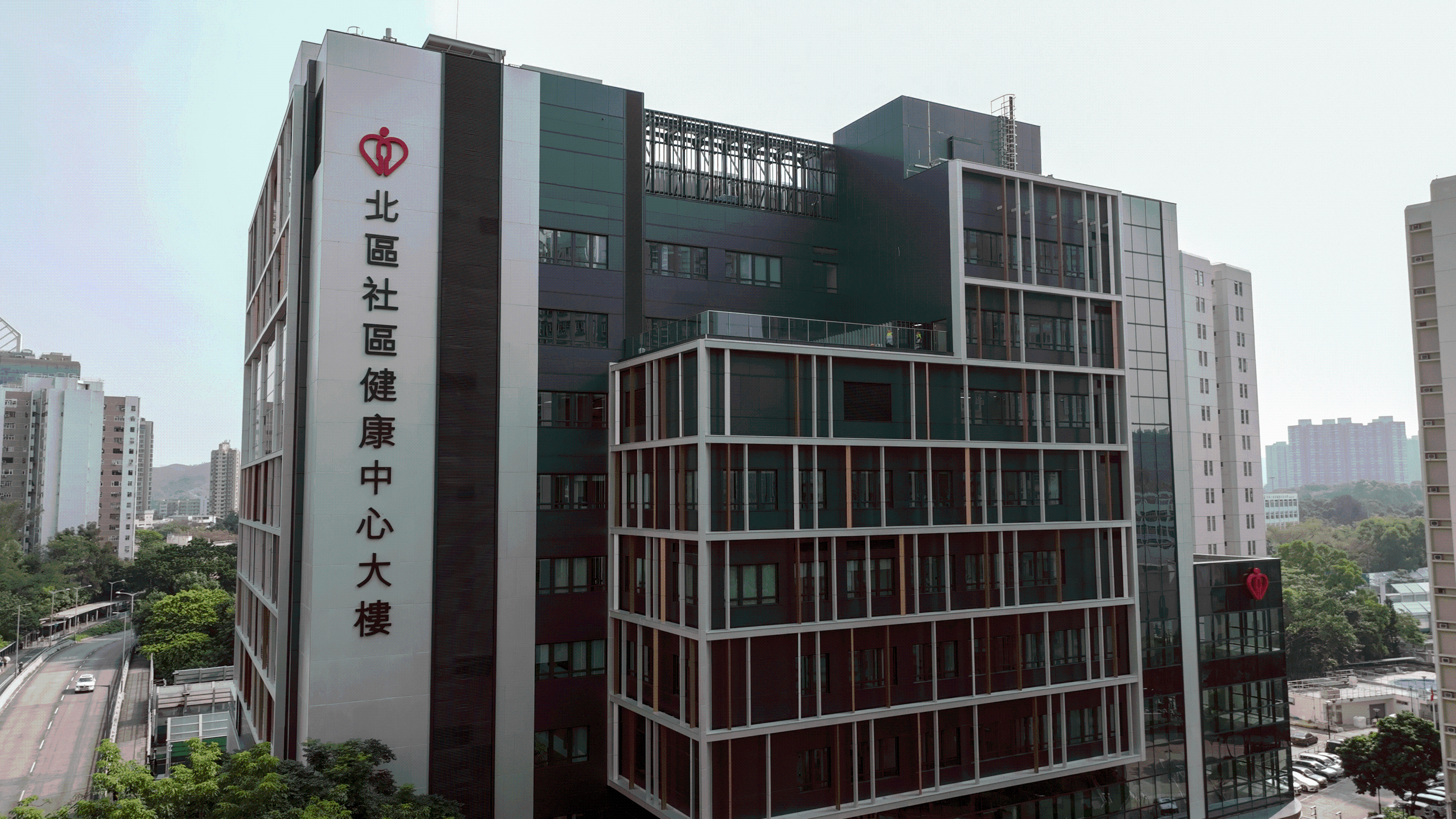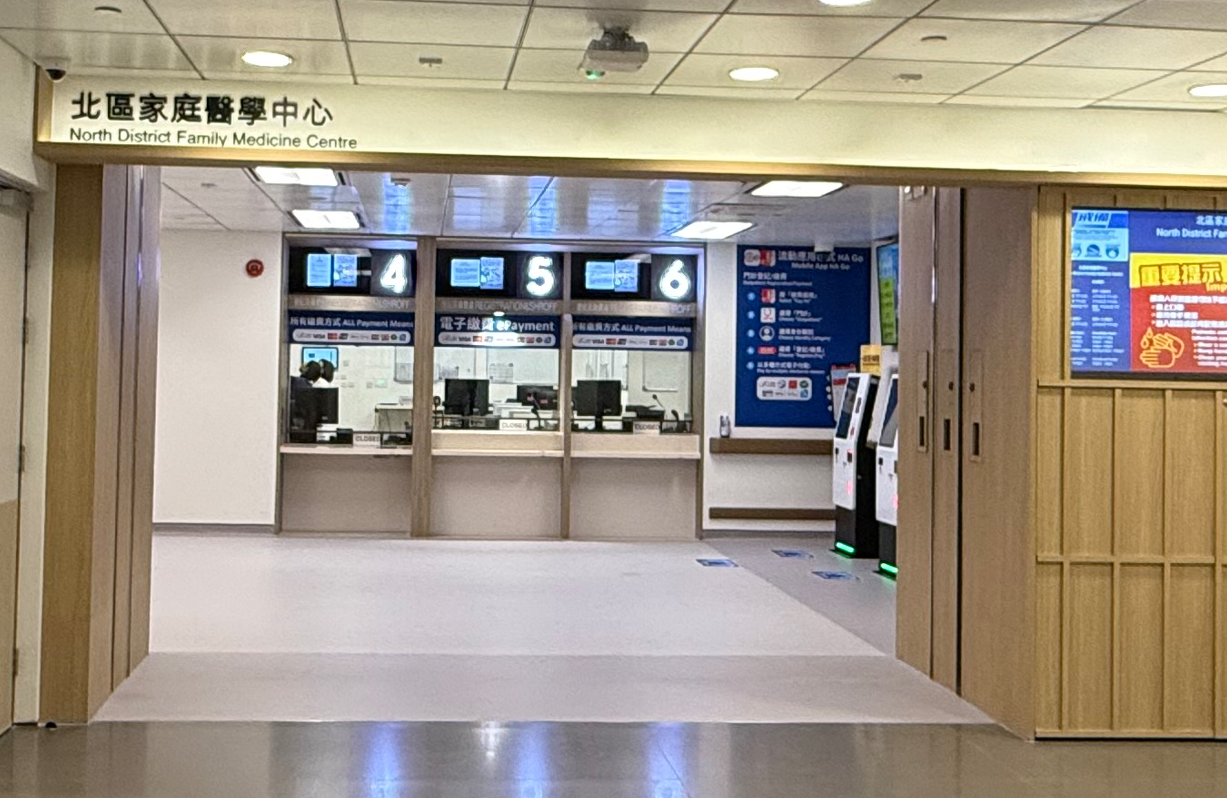North District Family Medicine Centre commences general out-patient services (with photos)
The following is issued on behalf of the Hospital Authority:
The spokesperson for the New Territories East Cluster (NTEC) today (December 14) announced that the North District Family Medicine Centre (NDFMC), located on 3/F, North District Community Health Centre (NDCHC) Building, 3 Wai Wo Street, Sheung Shui (Annex 1), will commence general out-patient services on December 16 (next Monday). The Shek Wu Hui Jockey Club General Out-patient Clinic (SWHJCGOPC) will close on the same day, thus completing the mission of serving residents in the North District for more than 60 years.
The 10-storey NDCHC Building is one of the key projects in the first hospital development plan of the Hospital Authority. It houses the NDFMC, which provides not only general out-patient services but also multidisciplinary nursing, allied health, patient education and support services. Through this large-scale and modern community health centre, comprehensive one-stop primary and community healthcare services will be further enhanced for residents in the North District.
The operating hours of the NDFMC are the same as the previous SWHJCGOPC (Annex 2). For public enquiry, please call the clinic’s telephone at 2957 5186.
Patients with chronic illnesses requiring regular follow-ups have been individually notified and arranged with follow-up appointments at the NDFMC. Patients with episodic illnesses can make appointments via the Telephone Appointment System (Telephone number: 3157 0965) or the HA Go “Book GOPC” mobile application function as usual.
“The NTEC has already informed residents in the district of the service arrangements through various channels, including banners and posters at the SWHJCGOPC. The respective district council has also been informed of the relevant arrangements. A reminder message will also be added to the Telephone Appointment System of the SWHJCGOPC and the HA Go ‘Book GOPC’ mobile application function to inform residents in the district of the service arrangements as early as possible,” the spokesperson added.




